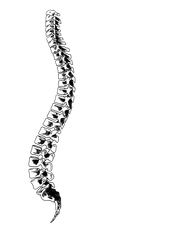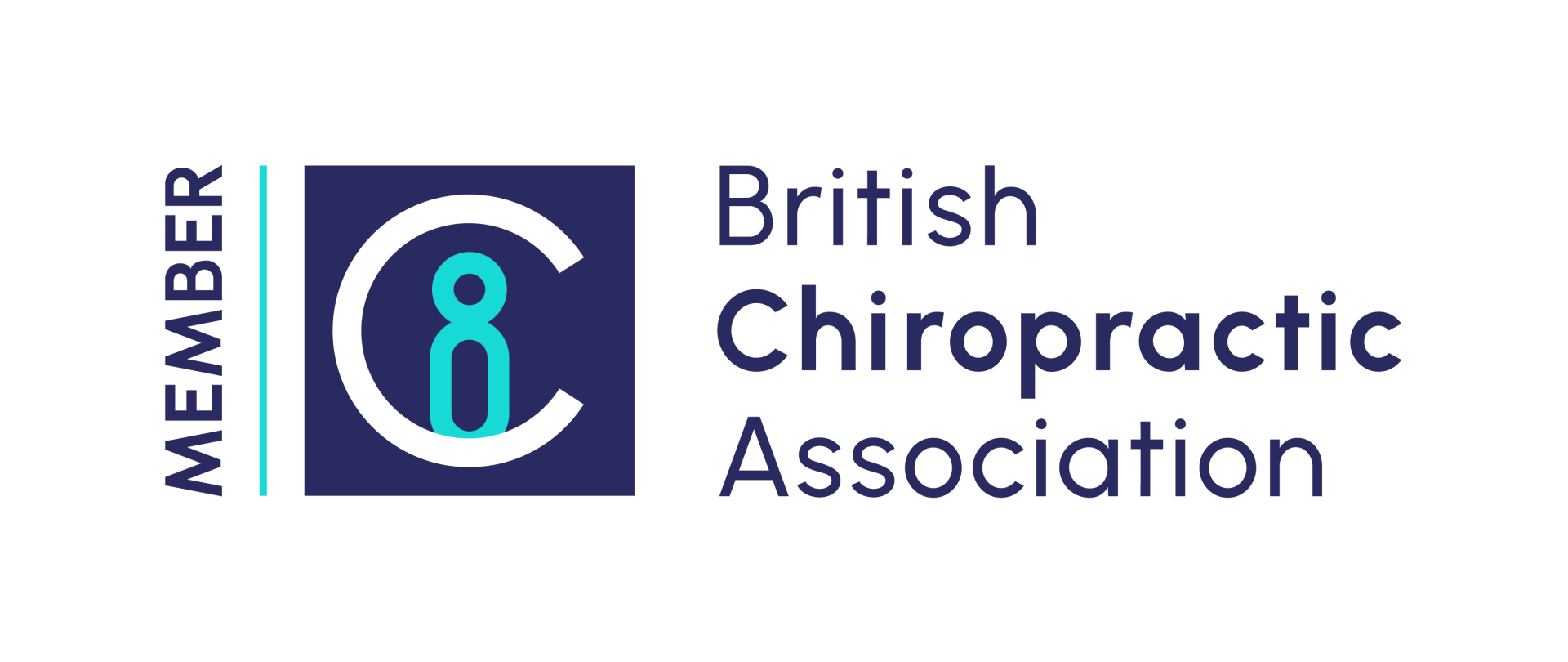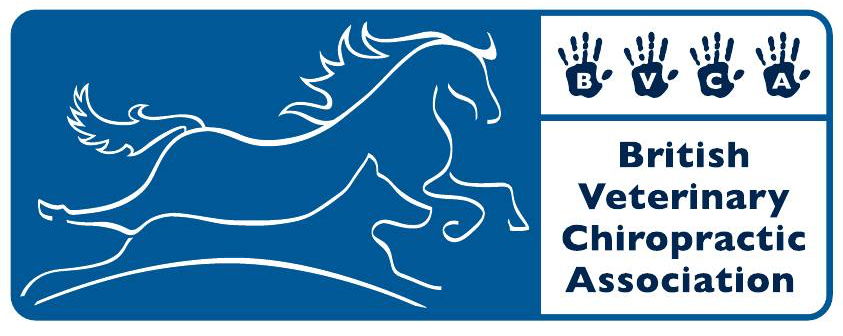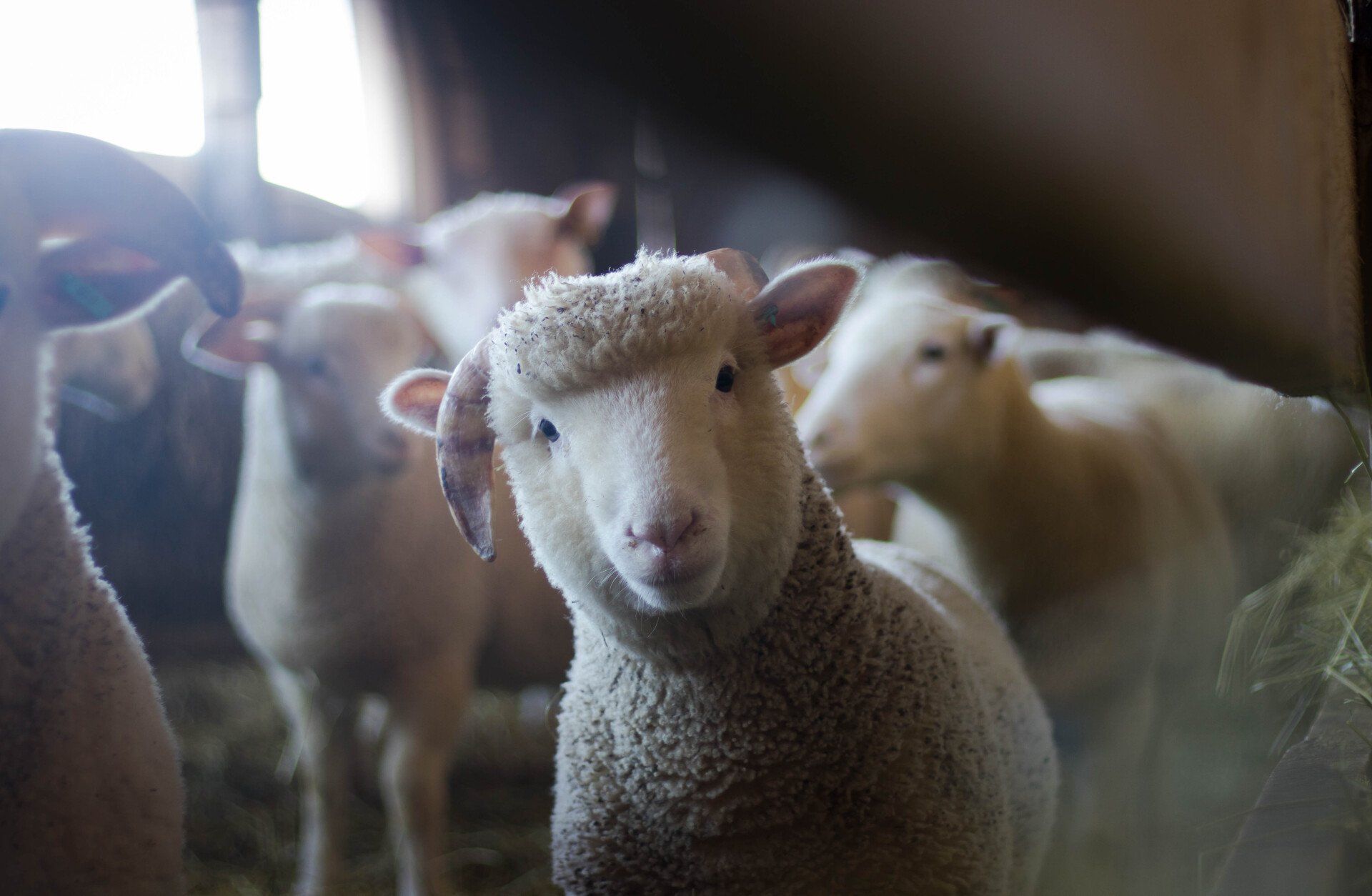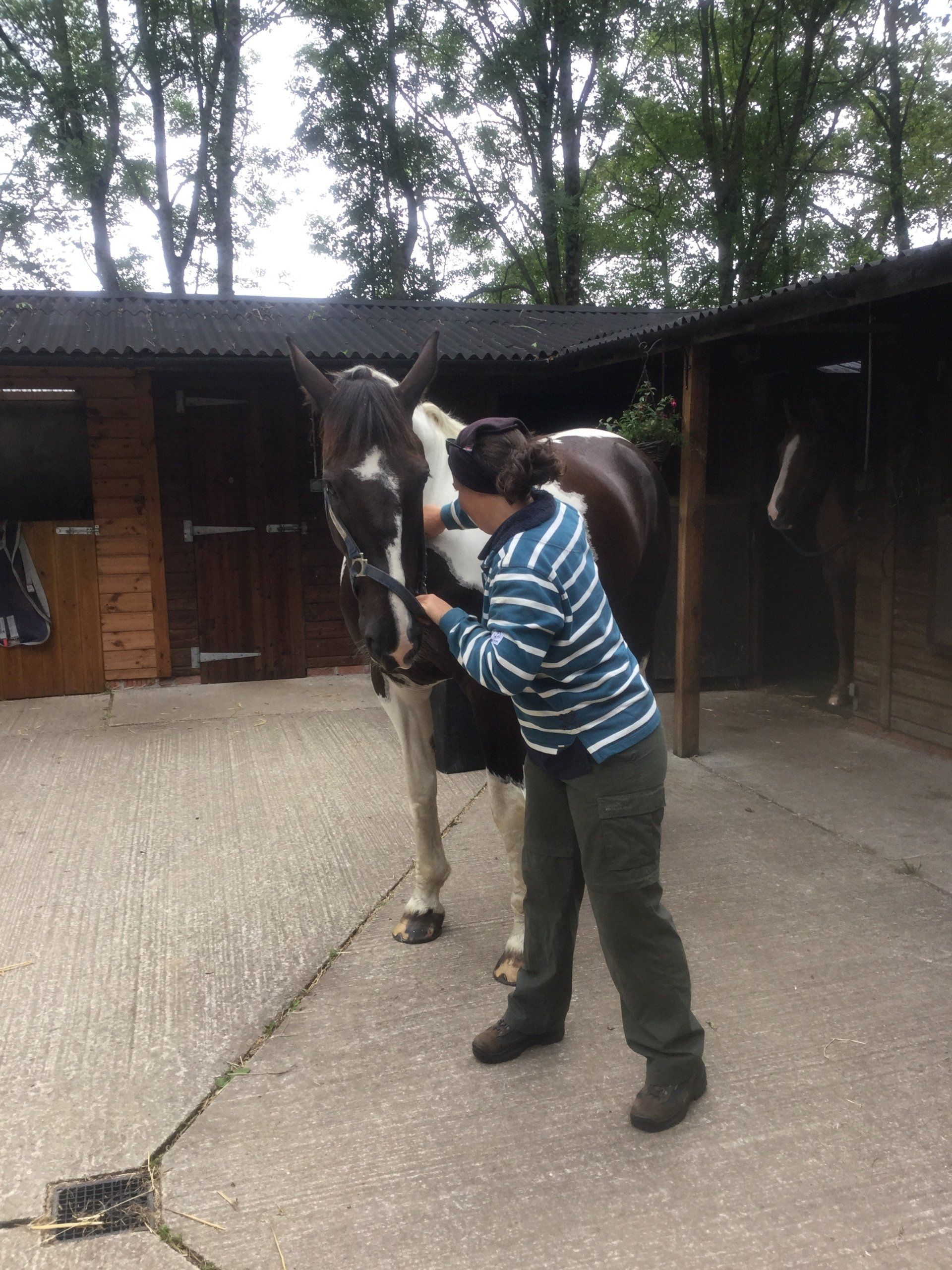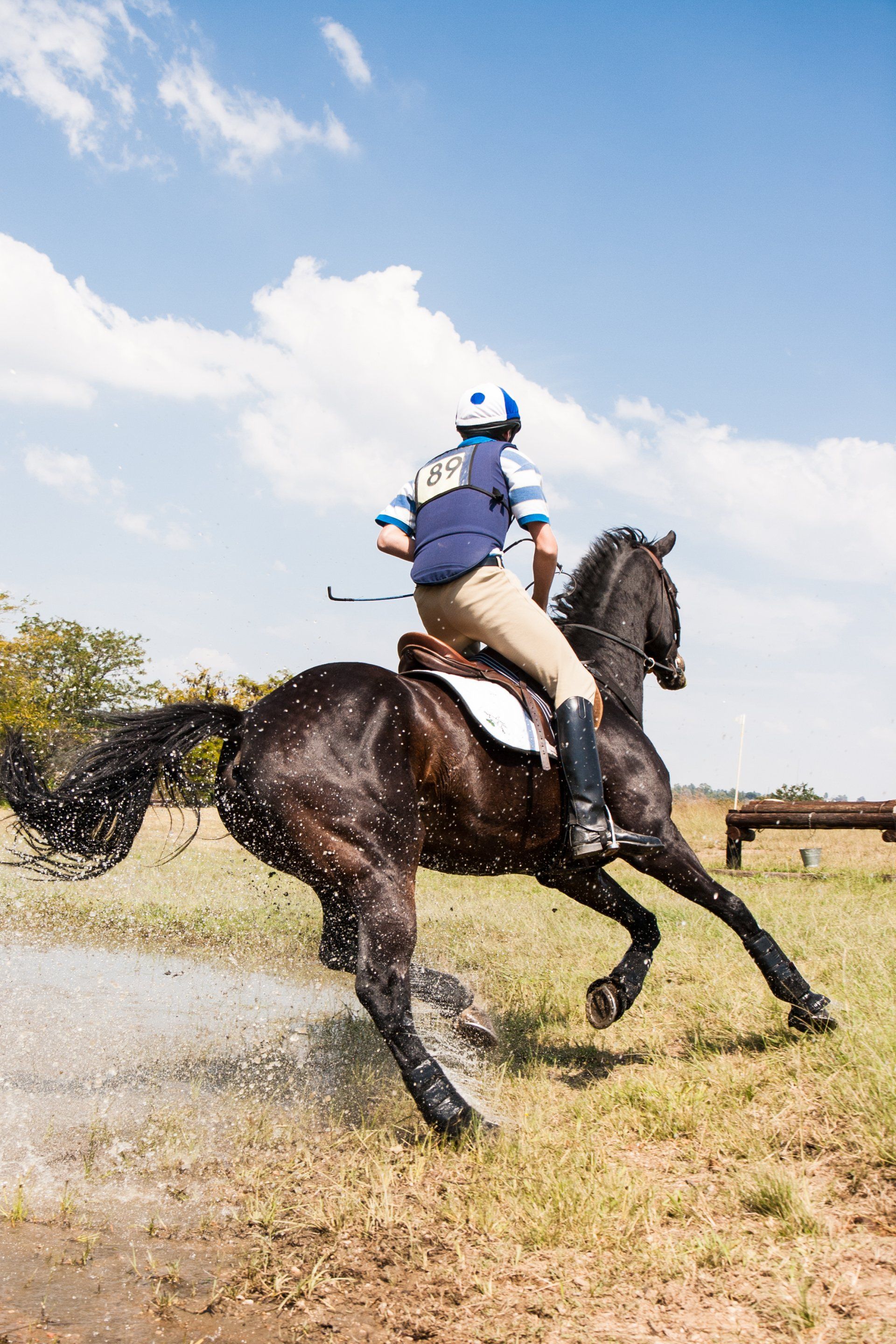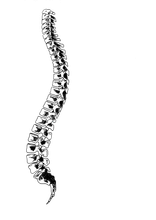Animal Chiropractic
Types of Care for All Animals
Crisis Care
Vet referral is required
This includes all cases of lameness, illness, injury or suspicion of pathology. Together with the referring vet a treatment plan would be established and monitored throughout.
Please bring the completed Vet Referral Form (below) to the first appointment. Without this we will be unable to treat.
Maintenance Care
Vet referral is not required
This category of care would be given to a healthy animal for the purpose of prevention of injury, performance enhancement or to improve mental/physical wellbeing.
Long term neuromusculoskeletal conditions where further veterinary intervention is no longer appropriate and elderly animals who benefit from massage and muscle stimulation/rehabilitation to ease mobility also fall into this category.
Competition Care
Vet referral is not required
This is care given to healthy animals involved in athletic activities or competition where excellent posture, gait and movement quality are essential.
To support and enhance performance, competition animals may require pre-season care to aid an easy transition back to fitness. During the season (& post-season) musculoskeletal care can continue to enhance performance, minimise the possibility of injury and reduce compensatory issues.
